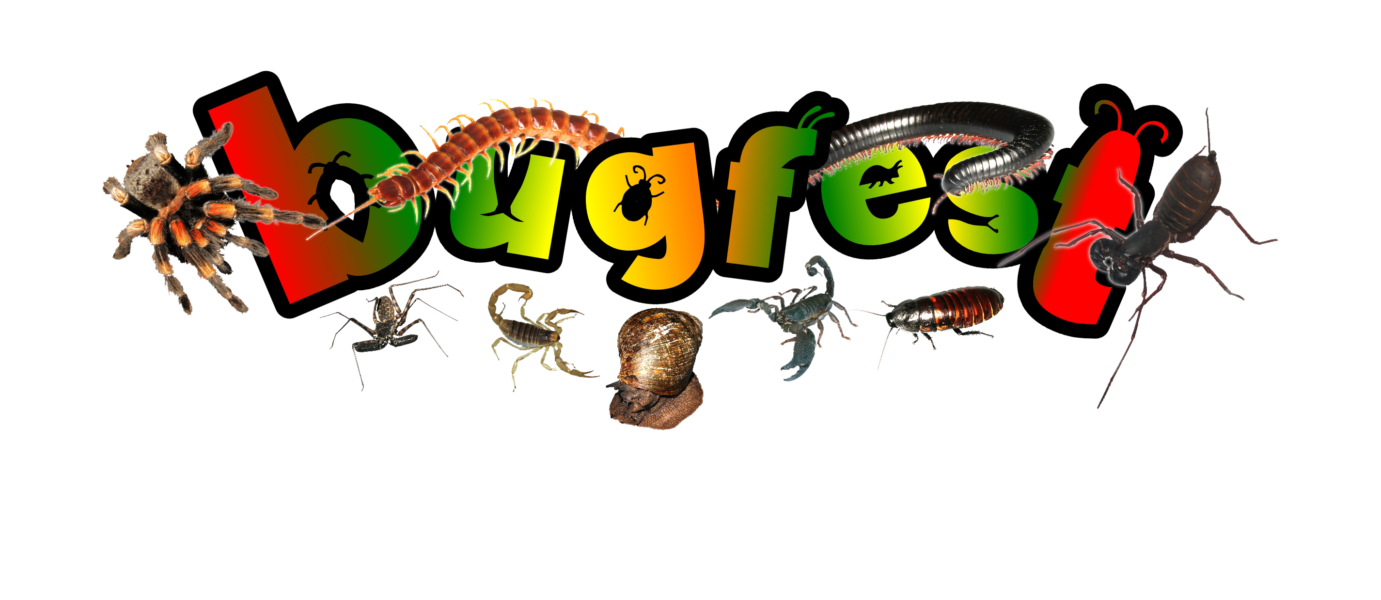
Meet the Creatures

All of our display and handling animals are specially chosen for friendliness and ease of handling for the children.
We don't let children hold tarantulas (to keep the spider as well as children safe), scorpions or giant centipedes.
Everything else is fine, however, there might be the odd occasion where non-hazardous invertebrates are avoided when they have sharp claws or prickles that can draw blood on young hands.
THE CORE CREATURES...
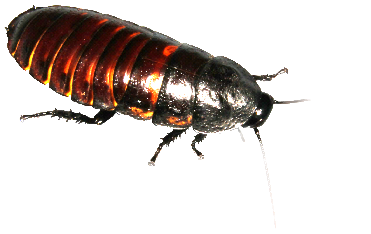
Hissing cockroaches

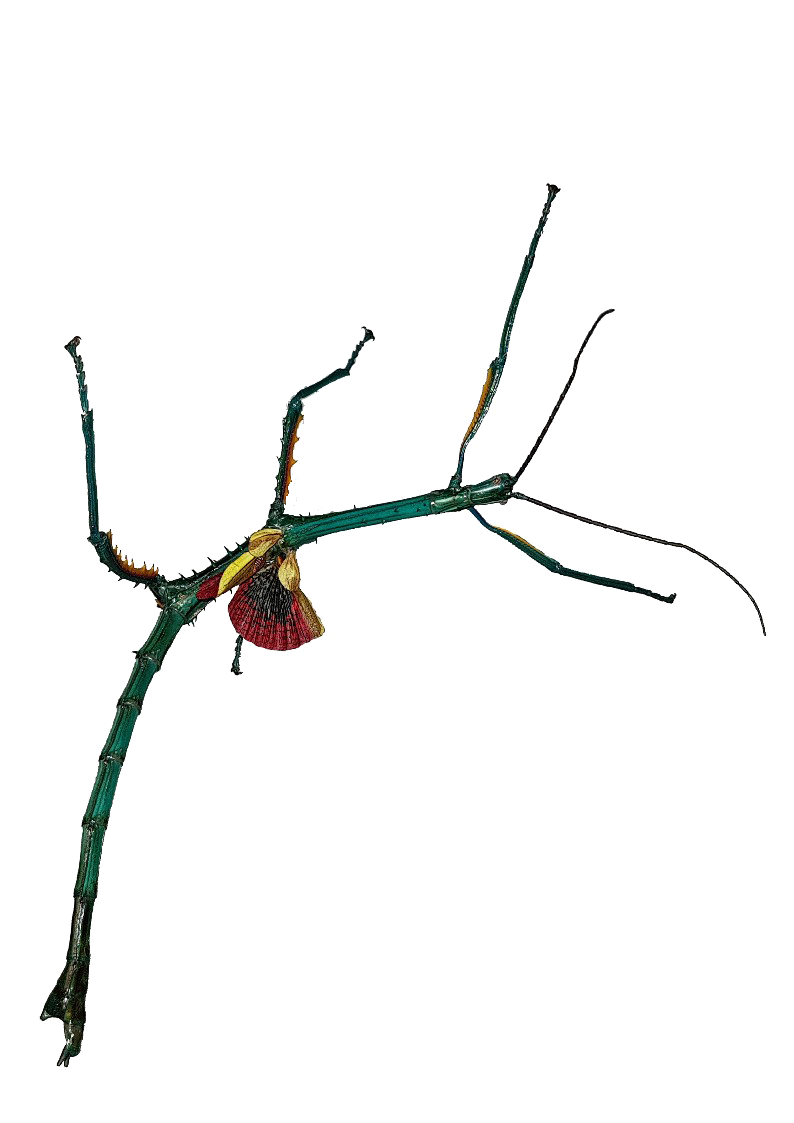
Forest scorpions
Amazing stick insects

Tarantulas
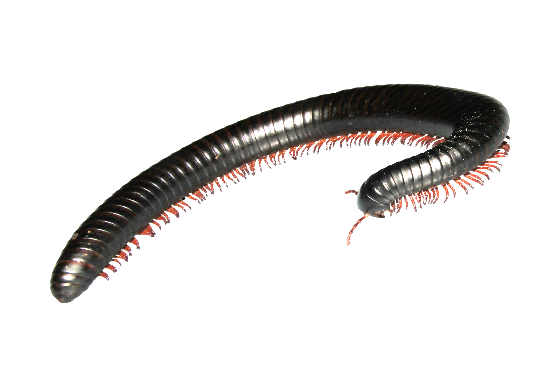
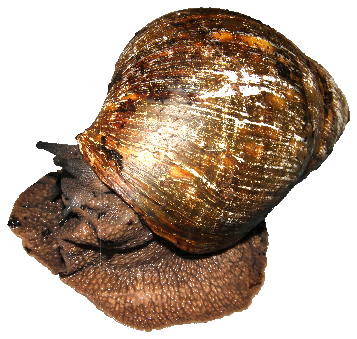
Giant millipedes
Giant African land snails

Tarantulas
Even though the children can't hold them, they are still fascinated and amazed by them.
We have three bird eaters, Sally (top left) is a salmon pink bird eater and is very placid and has a nine inch leg span. We have a goliath bird eater too, but she is not for handling.
Twilight Sparkle (bottom left) is our Mexican red knee. She is very gentle and loves to make friends with nervous parents and teachers.
It is a little known fact that bird eaters don't actually eat birds. They live in deep burrows in the wild, sometimes a metre down. They mainly eat invertebrates and small rodents and reptiles.
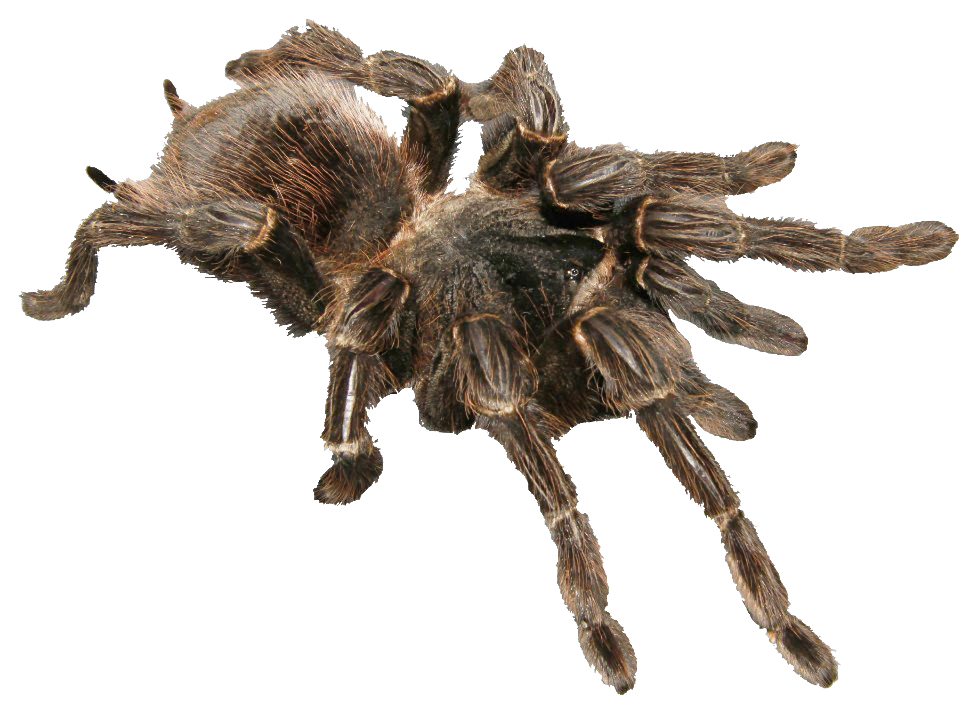
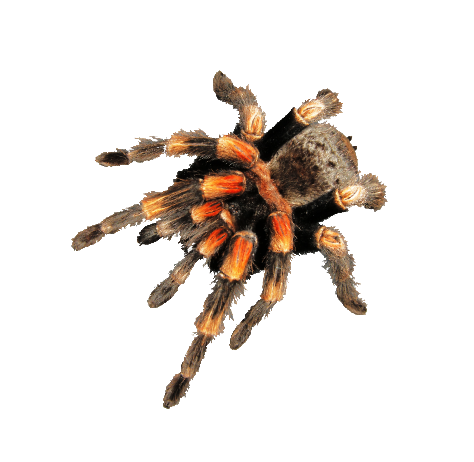

Cockroaches
Cockroaches have a huge family of nearly 4800 different species, but...
What continents can you find them on?
Can they survive a nuclear bomb?
Will they inherit the Earth in a nuclear apocalypse?
How long can they live without their heads?
What role do they play on our planet?
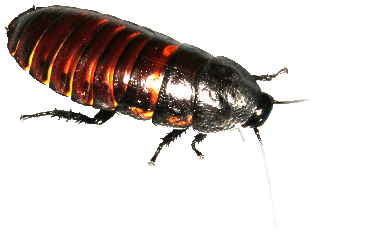
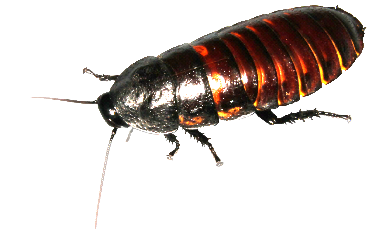

The Vinegaroons
and Whip Scorpions
Meet the spooky vinegaroon and the Harry Potter tailless whip scorpion. Both look menacing, but they are in fact completely harmless, neither has venom, and they cannot bite or hurt you in any way. Children will love hearing about how they sick up in their dinner to digest it, and especially enjoy finding about how the vinegaroon squirts vinegar out of its bum!
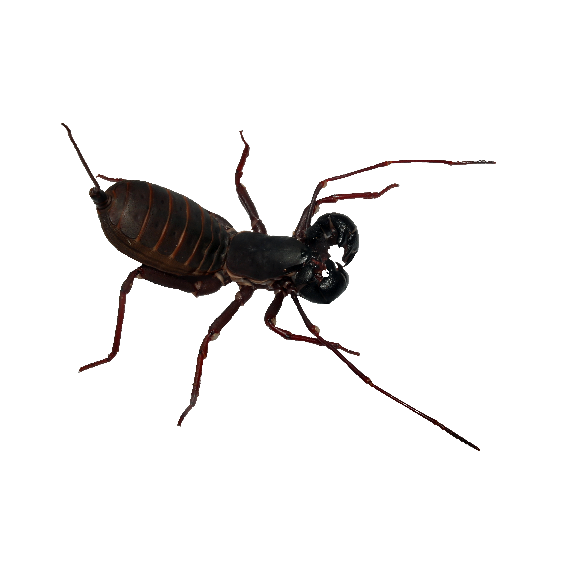
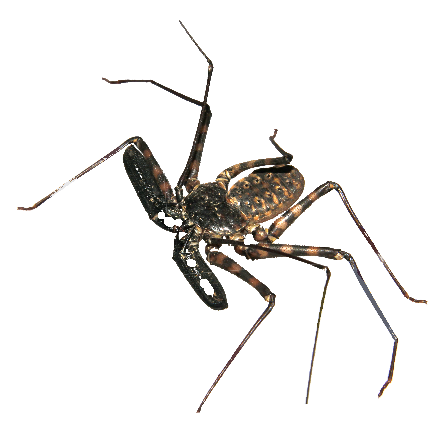

Millipedes
Millipedes officially have over a thousand legs. Eumillipes persephone now beats the 750 leg record of Illacme plenipes with 1306 legs. Living 60 metres under the soil in Western Australia, it was discovered by chance by geologists and engineers searching for gold in 2020. Then more were found in 2021.
Millipedes vary in length from just a few millimetres up to fifteen inches!
They are important decomposers and part of Mother Nature's bio-cleanup crew.
Children love to handle these, they are completely safe, but they do sometimes squirt out a strong smelling defensive liquid from holes in the sides of their bodies, but it isn't harmful to human skin.
